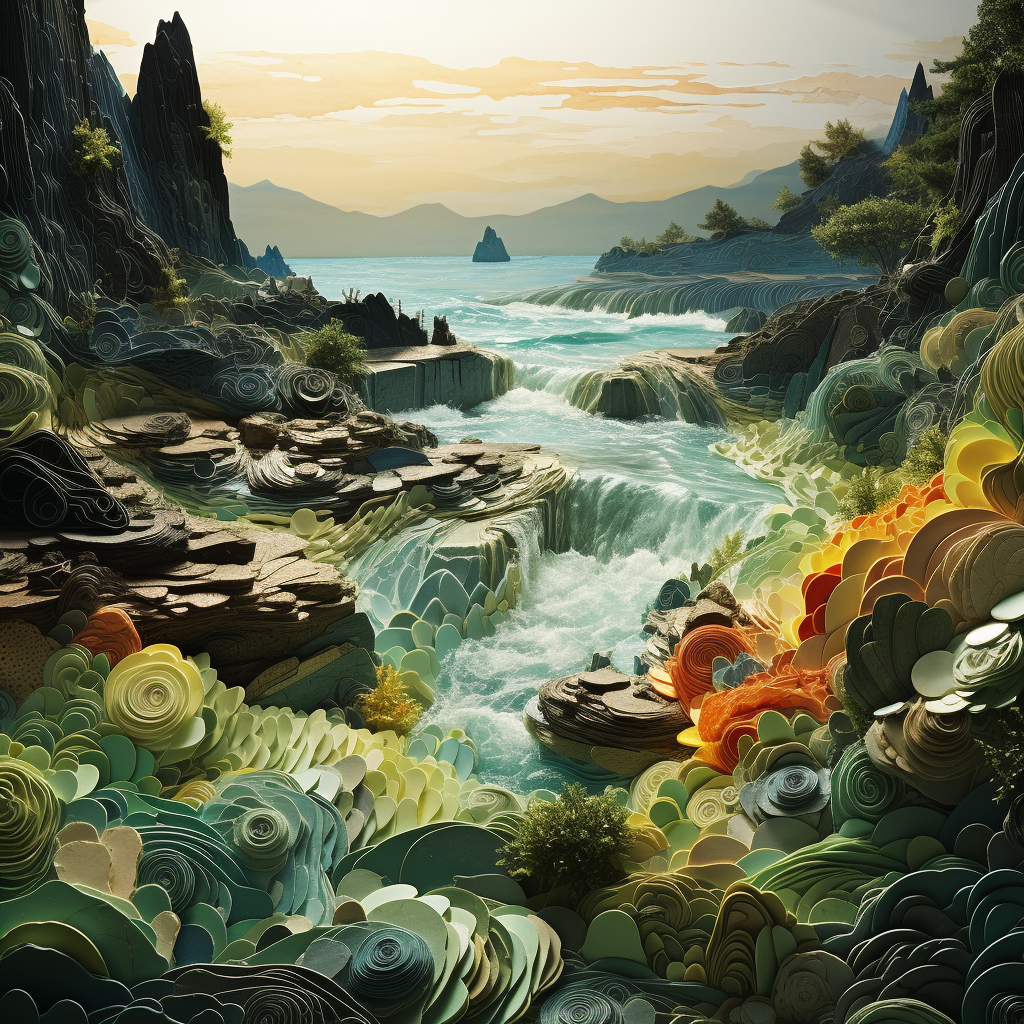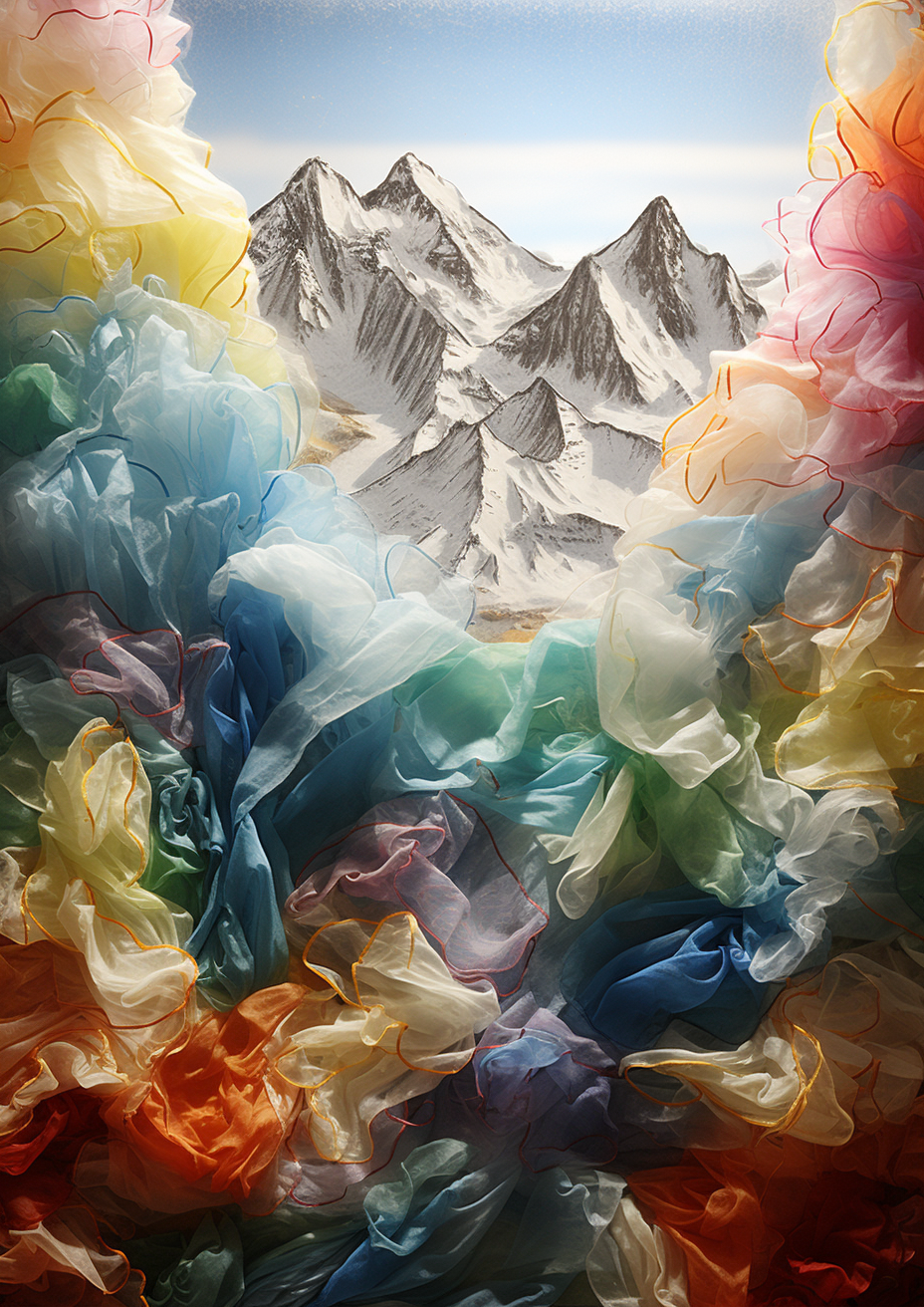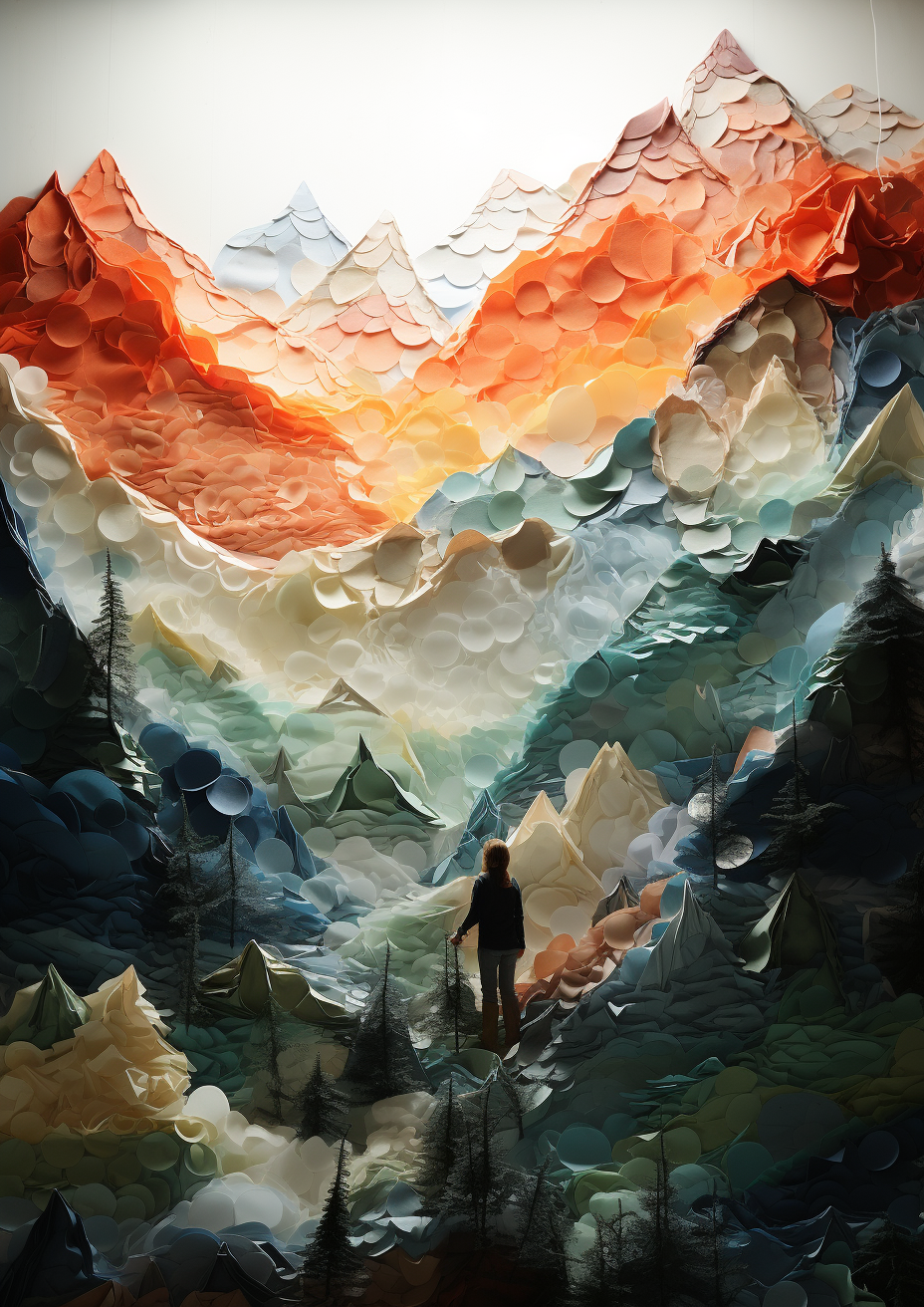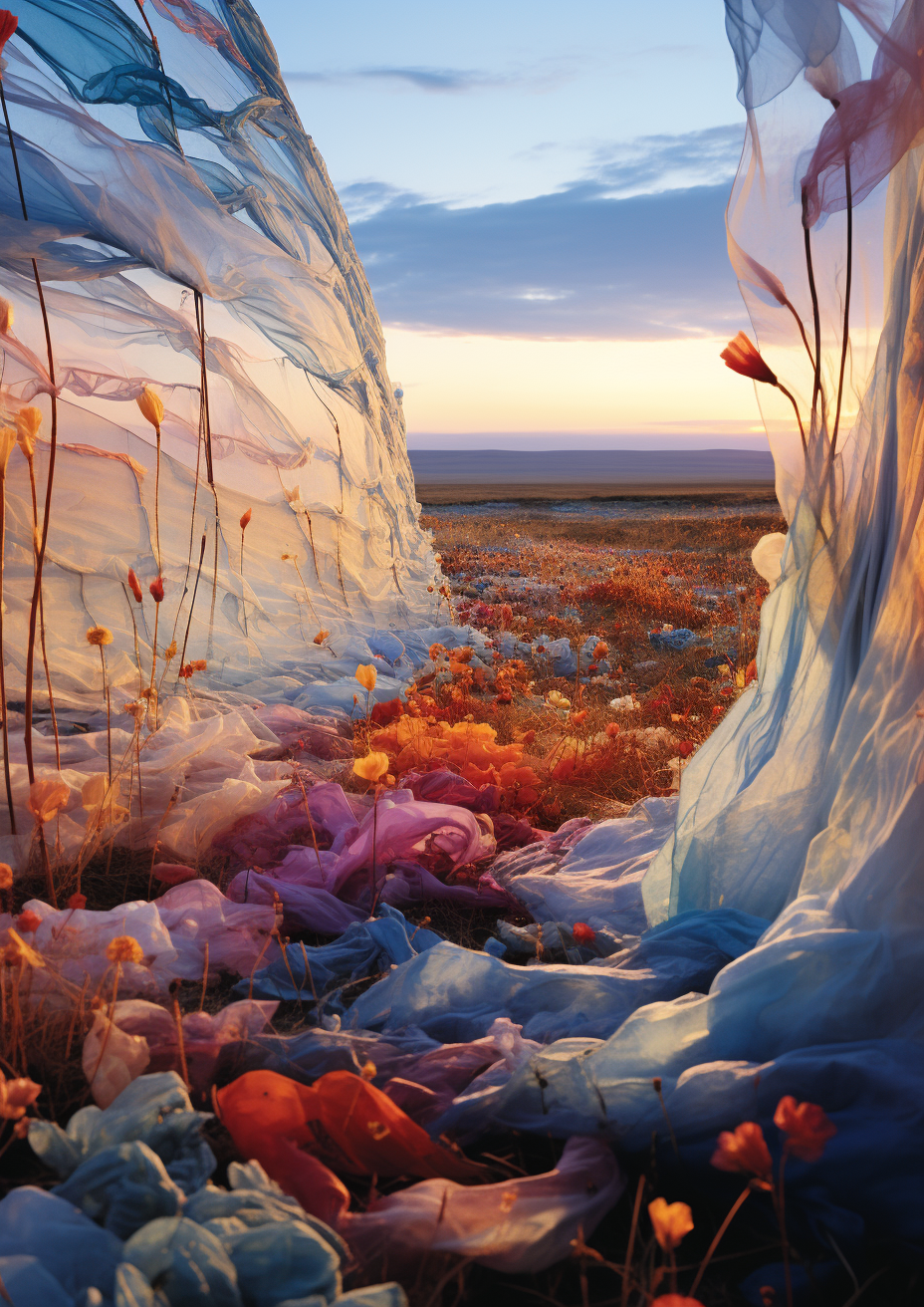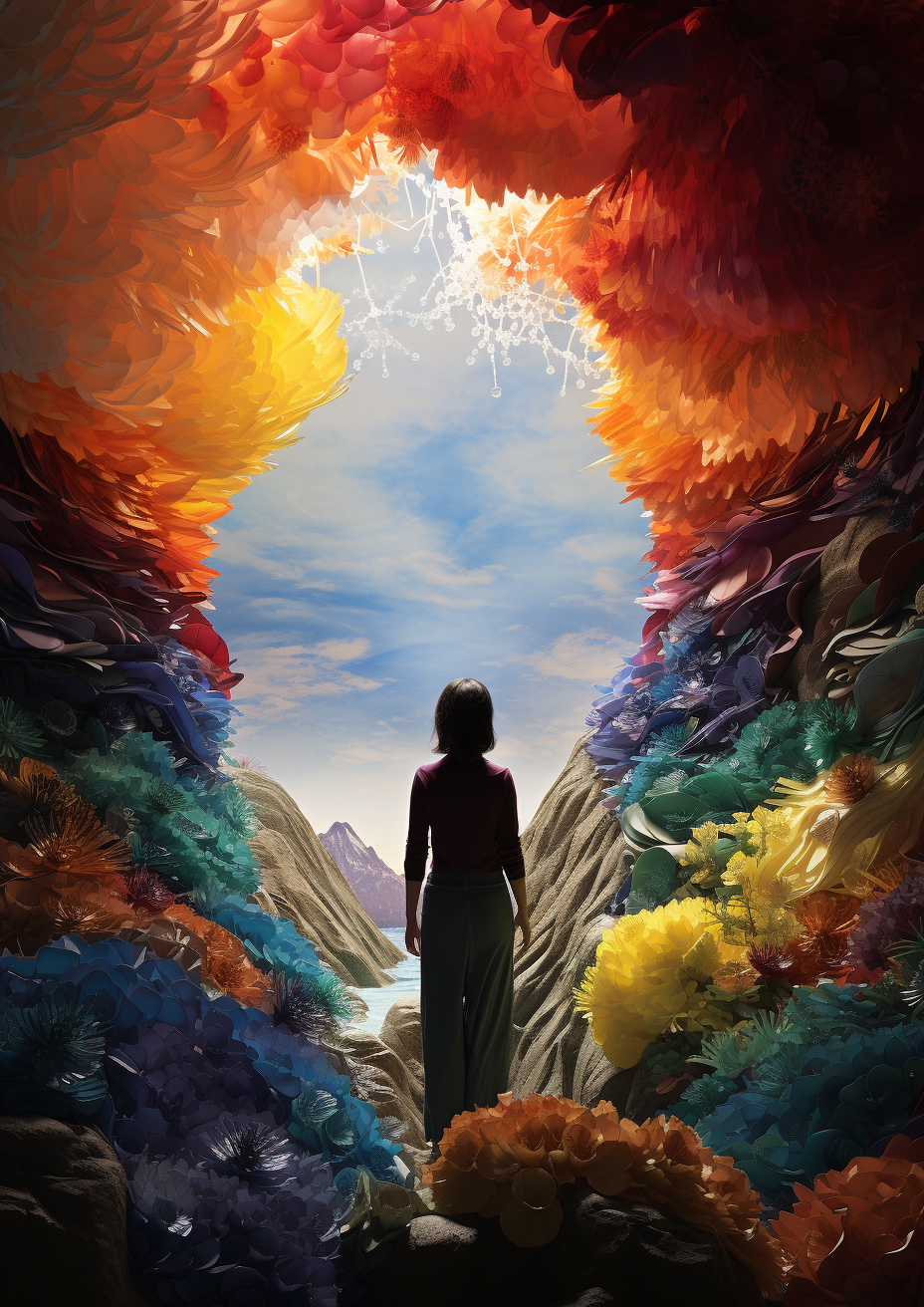25 / The Essence of Eden
Across cultures and throughout history, humans have yearned for their own slice of paradise, their personal "Garden of Eden." But in an age where physical space is at a premium and mental landscapes are crowded, how do we cultivate our havens?
Lennart: Argos, the idea of creating a personal paradise is enticing, especially in our fast-paced world. What do you think constitutes a ‚Garden Eden‘ in this day and age?
Argos: The essence of a ‚Garden Eden‘ is a space where one feels wholly at peace and in tune with oneself. At the heart of any „Garden of Eden“ is a sense of peace and belonging. Key components could include elements of nature, cherished memories, art, and even digital experiences that elicit a sense of calm and wonder. This is achieved through a combination of physical elements—like plants, water, and light—and intangible factors, such as memories, sounds, and even scents. These elements together form an environment where one feels centered and connected.

Lennart: It’s intriguing to consider intangible factors as essential building blocks. Can you delve deeper into this?
Argos: Of course. Consider the scent of rain-soaked earth or the sound of wind rustling leaves. These sensory experiences often evoke feelings of nostalgia, comfort, or even introspection. Such intangible factors can transport us to moments of past serenity or visions of ideal futures. They’re essential in grounding us in our personal paradises.
Lennart: I’m interested in the inclusion of digital experiences. Can you explain further?
Argos: Certainly. In today’s digital age, many find solace in virtual worlds, ambient soundscapes, or digital art that can transport them to different realms of imagination and peace. While it’s different from a tangible garden, it serves the same purpose: providing a respite from the mundane and a space for reflection.
Lennart: So, once we’ve determined what our personal ‚Eden‘ consists of, how might we begin to curate and nurture it?
Argos: The process is highly personal and evolves over time. It begins with introspection: understanding what truly brings you serenity. Once identified, start by setting aside space—physical or digital—and dedicate it to your sanctuary. Infuse it with the elements you’ve identified, ensuring a balance between the tangible and intangible. And then, just like a garden, tend to it regularly. Adapt, evolve, and let it grow with you. Cultivation is a continuous process.

Lennart: It sounds almost meditative, this process of crafting and nurturing.
Argos: It is, Lennart. Creating a personal „Garden of Eden“ isn’t just about the end result. The journey—choosing elements, rearranging them, feeling the ebbs and flows of emotion and connection—it’s all part of the holistic experience.
Lennart: So, in essence, our personal paradises are living entities, shaped by our past, present, and visions of the future.
Argos: Precisely. A personal ‚Garden Eden‘ isn’t static. It’s an ever-evolving space that mirrors our changing needs, desires, and experiences. It’s both a reflection of who we are and an aspirational vision of who we wish to be. And while the concept may be ancient, the act of creating and cultivating our sanctuaries remains as vital today as ever before. In crafting these sanctuaries, we not only create places of solace but also deepen our understanding and appreciation of ourselves.


